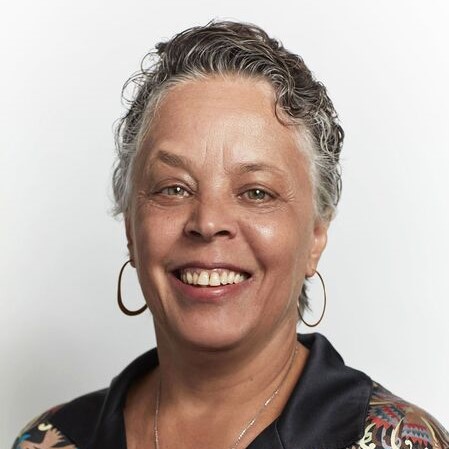Voices of Youth: Community Safety and Gun Violence in the Time of COVID in East Harlem (EH), NY
O. Adeonigbagbe, MPH
R. Chernet, BA
J. G. Wallace, BSPH
M. K. Formica, PhD
R. L. Flores, PhD
R. Marchesani, MSSc
Danielle Laraque-Arena, MD, FAAP
Part of session:
Lightning Round Presentations
Sunday, December 4, 2022, 10:25 AM to
11:40 AM
Background:
Directly collaborating with youth to gain an understanding of perceptions of school and community factors that affect their physical, social, and psychological well-being could identify points of intervention. Using a youth participatory approach within a Child Rights Framework, we aimed to elucidate systemic issues that impact EH youth and derive lessons that translate to youth in other communities.
Methods:
An anonymous survey was developed based on UNICEF-USA Child Friendly Cities Initiative consisting of 34 questions categorized into five domains: ‘My Safety and Inclusion’, ‘My Participation’, ‘My Play and Leisure’, ‘My Community Service’, and ‘My Living Environment’. Additional questions were added by three EH student co-researchers who worked with near-peer medical and graduate students. The final 68-question survey included additions from the CDC Youth Risk Behavior Survey specific to gun violence and COVID. The NYAM IRB approved the study. Students (grades 9-12), attending advisory classes for four consecutive days in April, were invited to complete the survey using the platform QuestionPro®. Each question was rated on the Likert Scale (Mostly True, Sometimes True, Never True, I don’t understand the question, and I prefer not to answer). A short discussion followed.
Results:
With baseline enrollment of 292, a mean of 244 students were in attendance on the 4 survey days, and 153 surveys were completed. A total of 67 freshmen, 36 sophomores, 28 juniors, and 21 seniors responded. 46% stated they were female, 48% male, the remaining 6% choosing either non-binary, transgender or preferred not to say. 42% stated they were Latinx, 30% Black/African American, 20% other, 5% Asian/Asian American and 2% White/ Caucasian. 79% of students were aware that children have rights. 38% could mostly identify and 38% could sometimes identify adults at the school or in EH with whom they could freely talk to about abuse or violence. 35% had personally witnessed gun violence, 51% had seen someone physically attacked, beaten, stabbed or shot in their neighborhood. The majority did feel safe at school, although about one third reported being safe from bullying only sometimes or never; either in-person or online. 20% reported never feeling safe from sexual harassment in public spaces, about half of the students reported feeling safe walking to school, and less than 50% feeling safe on public transportation. During the pandemic, 24% reported that their mental health was not good most of the time, and 29% reported a parent/adult in the home who had lost a job. 60% reported that they knew where they could seek mental health services.
Conclusions:
Student respondents report awareness of their rights and identified the school as a relatively safe zone with support from adults at the school and access to mental health services. Nonetheless, their exposure to violence and sexual harassment was not uncommon and points to the urgent need for greater community safety.
Objectives:
1. Attendees will learn the process of youth participatory research (YPAR).
2. Attendees will learn about the need for greater community safety from the perspective of youth.
3. Attendees will learn about the experience of youth with gun violence.

